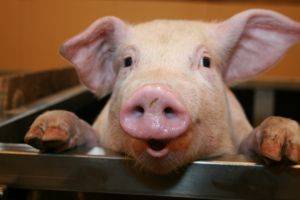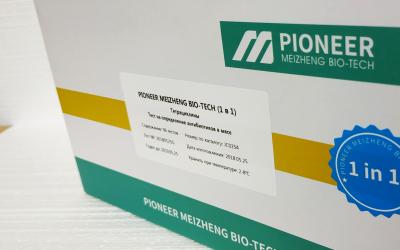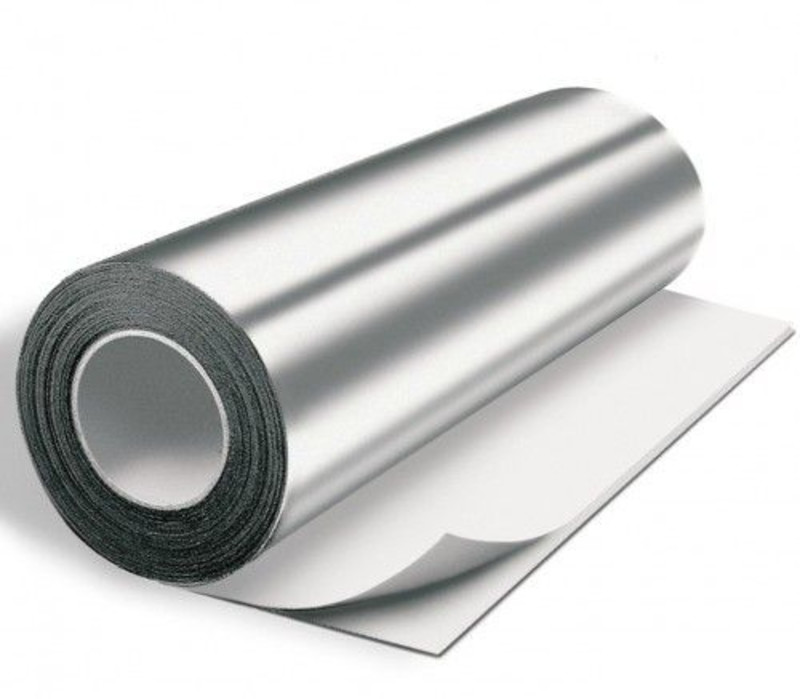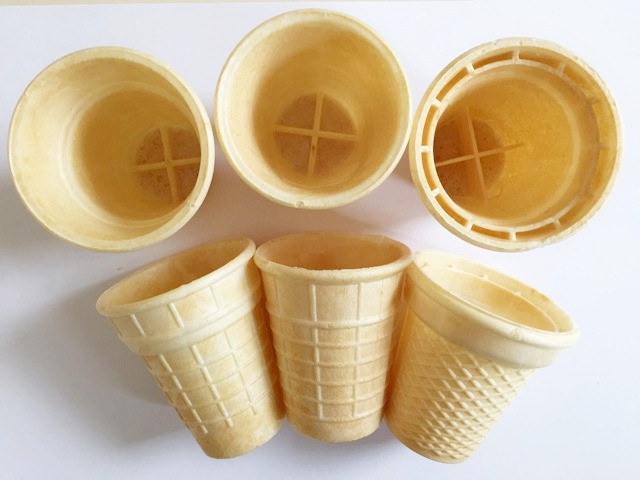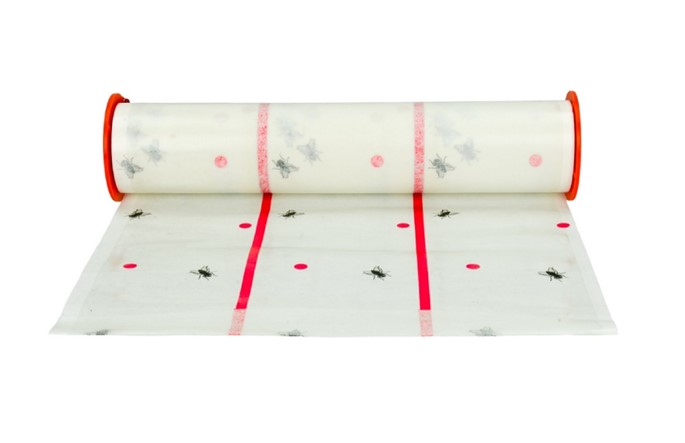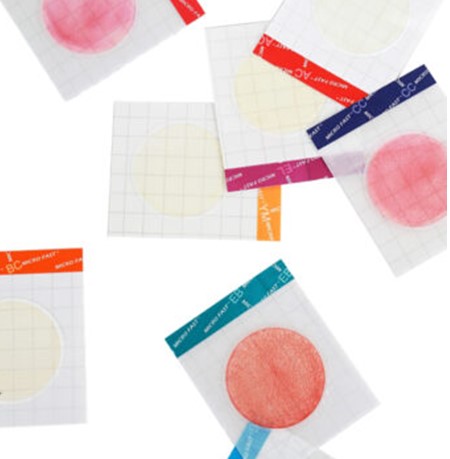Oat issue in cattle feed
Here is what John McKinnon, professor emeritus at the University of Saskatchewan and consultant nutritionist for cattle, writes about this in an article: “Of the various grains available for feeding cattle, I get the most questions about oats. Typical questions relate to energy and nutritional value, the need for processing, pricing in relation to other cereal grains. Since there is a lot of interest in feeding oats this year, I will try to answer some of these questions.
First, let's look at the nutritional value. Oat grain used as feed typically has a total digestible energy content (TDN) of 76 to 78 percent (on a dry matter basis).
If you rank cereals by energy value, you get the following: corn > wheat > rye > barley > oats.
To understand why oats rank last, we need to look at differences in grain structure.
Both oat and barley kernels have an outer protective shell. In the case of oats, the husk makes up 25 to 30% of the weight of the kernel. The hull with a high content of lignified fibers is the main reason for the relatively low energy value of oats.
The shell that protects the barley kernel is similar in that it is rich in fiber, but only makes up 12-13% of the kernel's weight and thus does not reduce the energy value of the barley to the same extent.
On the contrary, corn and wheat grains are rich in starch and do not have a protective coating. Both factors contribute to their higher energy content.
If we look at the crude protein (CP) content, oats are superior.
Wheat and rye with 14 to 16 percent CP generally have the highest CP content among cereals, while corn with 8 to 9 percent CP consistently ranks last.
Oats and barley grains are in the middle with 11 to 13 percent CP content, with oats in many cases higher than barley.
Differences in energy density underlie feeding situations where these cereals are used. Finishing programs where energy consumption is critical to performance typically use higher energy cereals such as corn, wheat and barley. In rearing programs (ie weaned calves) and breeding herd diets, oat grain can provide a reliable and often economical source of energy and protein.
Often there are questions about the need and method of processing.
Oat grain can be processed either by rolling or grinding. Rolling is difficult due to differences in core size. To work effectively, it is often necessary to mount the rollers so close that they almost touch, which is not the best in terms of roller maintenance. Hammer milling is best, however it is desirable to use as coarse a sieve as possible to break up the kernels while keeping the percentage of fines to a minimum.
Another popular question is whether oat grain needs to be processed for cattle?
Young animals weighing less than 300 kg chew better than older animals. Active chewing helps to dislodge and break the seed coat, allowing better utilization of the kernel's nutrients. In contrast, adult animals with higher intakes do not chew as well, and as a result, there is significant nutrient loss when fed whole oats.
Thus, there is no need for oats for calves and young animals weighing less than 300 kg. For adult animals, consider both potential nutrient loss and cost when deciding whether or not to handle them.”

